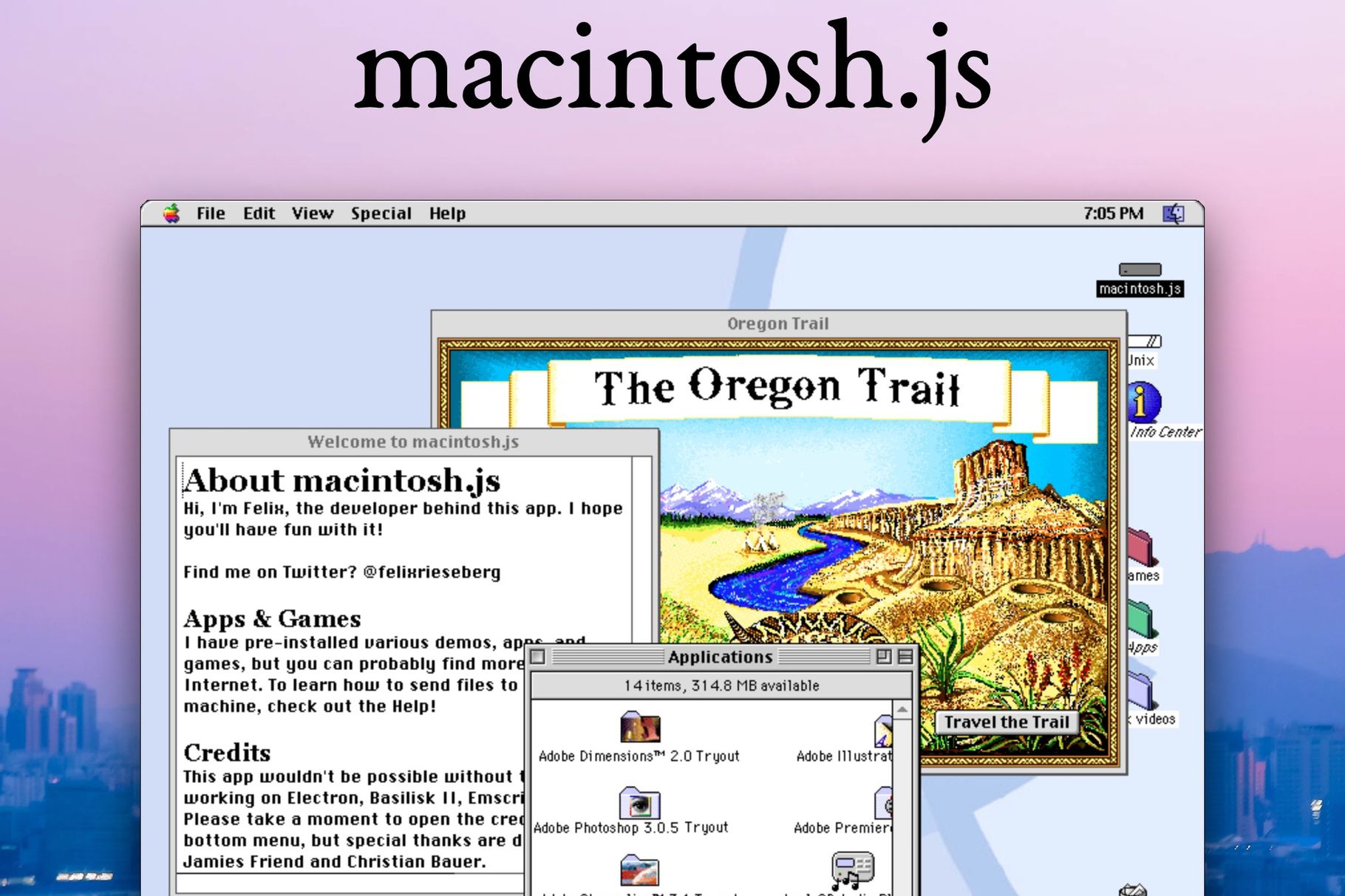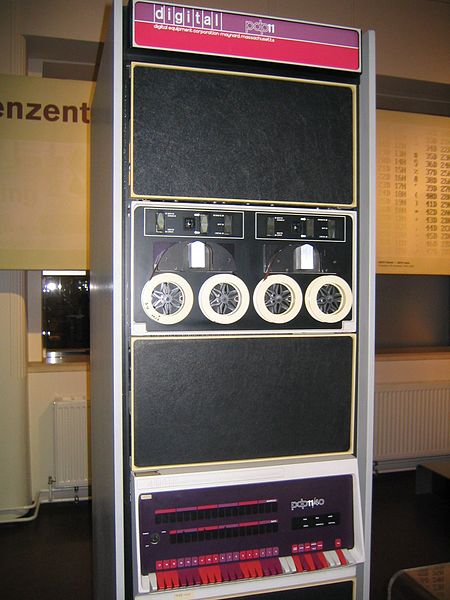

- #Pdp 11 emulator mac update#
- #Pdp 11 emulator mac code#
- #Pdp 11 emulator mac Pc#
Try to access the machine over the Terminal window. Set Settings/Connection to “Physical PDP-11/xx over COM port”, choose the correct COM port and baud rate. (If you need a serial-to-USB-adapter, those with FTDI chip have the best reputation.) Get a standard null modem cable and connect the PDP-11 to your PC. The Execute Control window should register the HALT. The program runs until a trap or HALT occurs. #Pdp 11 emulator mac Pc#
Watch the changed registers R0, SP and PC by pressing "Examine All" in the CPU register window. See the display of the Disassembly window being updated. See how the Program Counter marker in the MACRO11 Listing window is moved. Check out how this translates to SimHs “STEP 1” command in the Terminal window.

Press Single Step in the Execution Control window.
Press "Examine All" in the CPU register window. #Pdp 11 emulator mac code#
The source is translated, the MACRO11 Listing window pops up, and in the Terminal window you can see how the code is DEPOSITed into memory. This will translate "memsizing.mac" with MACRO-11. In Execute Control window, press the big "New program. This is the address of the "start:" label in "memsizing.mac". In Execution Control window, set "Initial PC" = "1000". Read the comment in the header, visit the authors page. In MACRO11 Source, open one of the *.mac -files, best is "memsizing.mac". Open the MACRO11 Source window, the Execution Control window, the Disassembly window, and the CPU register window (all in menu “Programming”). If the connect to SimH fails, try to connect to SimH over telnet with another terminal emulator program. To disconnect SimH from PDP11GUI, type “set stdio notelnet”.  Then you should see SimH's command window in PDP11GUI's Terminal window. Quickly go back to PDP11GUI and press the OK button in the Settings window. In SimH’s command window type "set stdio telnet=2000" (or the port number you choose). Telnet port=”2000” (or any other port you like) In PDP11GUI, open "Connection/Settings" and set. Default is running a 11/73 with 256MB RAM. Change PSW as a whole word, or bit wise in the Bitfields window. Change the Processor Status Word PSW in the CPU register window. Click in the “Value” column of Register “PSW” and check, how the Bitfields window displays PSW bitwise.Ĭlick on other CPU registers, and Bitfield changes. Open the Bitfields window (I/O page/Bitfields). Open the CPU register window (I/O page/CPU registers) and press “Examine all”. The Terminal window shows the data traffic from and to the PDP-11.
Then you should see SimH's command window in PDP11GUI's Terminal window. Quickly go back to PDP11GUI and press the OK button in the Settings window. In SimH’s command window type "set stdio telnet=2000" (or the port number you choose). Telnet port=”2000” (or any other port you like) In PDP11GUI, open "Connection/Settings" and set. Default is running a 11/73 with 256MB RAM. Change PSW as a whole word, or bit wise in the Bitfields window. Change the Processor Status Word PSW in the CPU register window. Click in the “Value” column of Register “PSW” and check, how the Bitfields window displays PSW bitwise.Ĭlick on other CPU registers, and Bitfield changes. Open the Bitfields window (I/O page/Bitfields). Open the CPU register window (I/O page/CPU registers) and press “Examine all”. The Terminal window shows the data traffic from and to the PDP-11. #Pdp 11 emulator mac update#
You can change grid cells and press “Deposit changed” to update the memory. The grid is loaded with all addresses from 1000 to 1176. Set “start addr” to “1000” and press “Set”.
Open the Memory/Mem1 tool window, arrange it on the screen, adjust column widths. “E 1000” show the content of address 1000. Addresses are always 22 bit wide.įor example, “D 1000 1234” sets memory address 1000 to 1234. In the Terminal window, play with E(xamine) and D(eposit):. You are connected to limited fake of an 11/44 console. Bring up the Terminal window (Connection/Terminal). Verify "Connection/Settings/PDP-11 target" is set to "Internal PDP-11/44 fake". All entries looking like “registers” were just loaded. Open the “I/O page” menu and check out, what devices are defined now. Open menu “File/Load machine description" and choose the generic file "pdp11.ini". Explore the online documentation on this web site, then return to the tutorial. After installation of PDP11GUI, you might follow this tutorial: I.







 0 kommentar(er)
0 kommentar(er)
